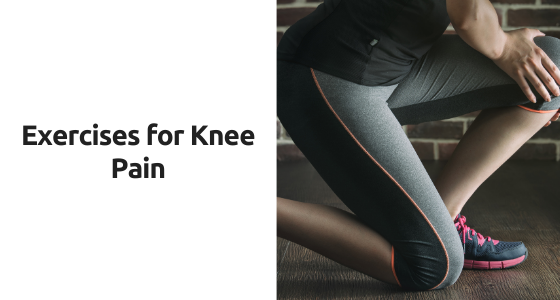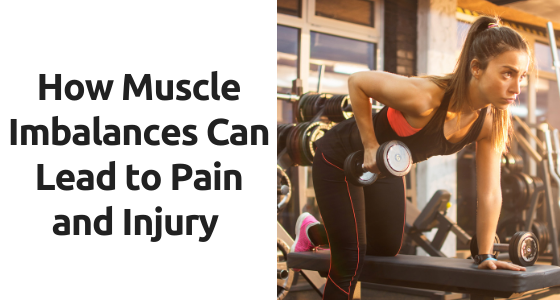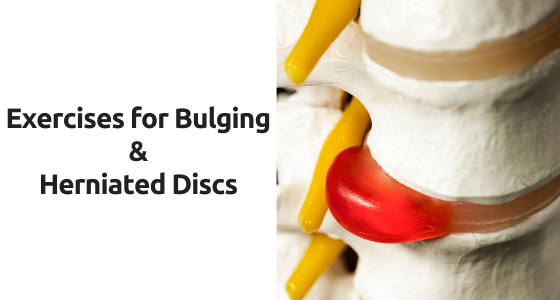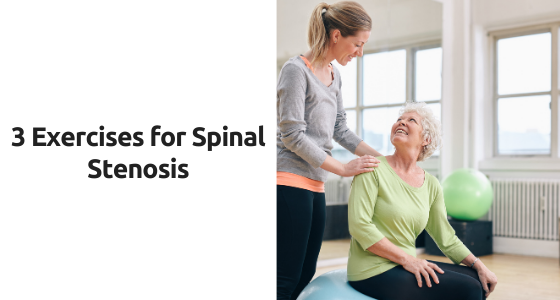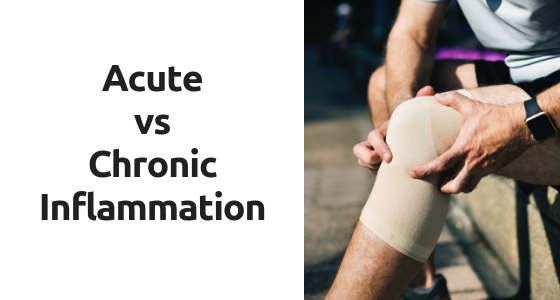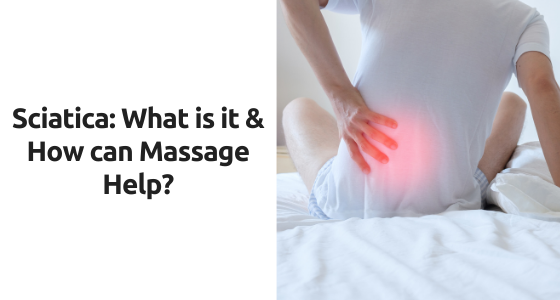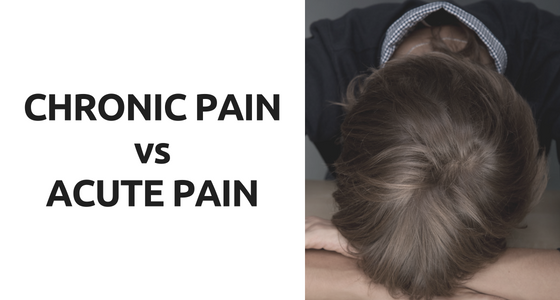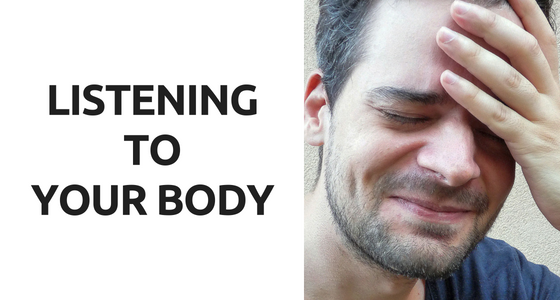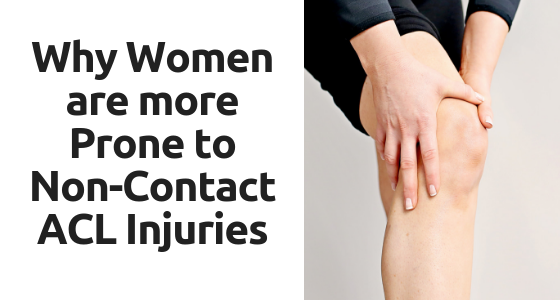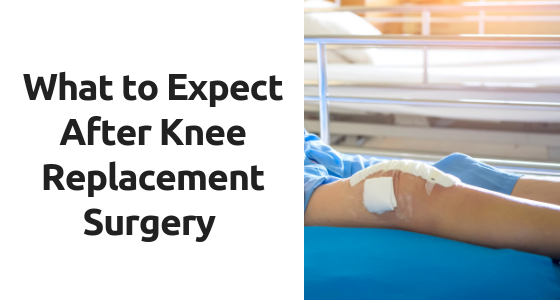Exercises for Knee Pain
Did you know that 18 million people each year see a doctor for knee pain? While there are a larger number of people who experience knee pain as they get older, there are quite a few causes that have nothing to do with age. Runner’s knee (which also affects those who participate in activities that require repetitive bending), Osgood-Schlatter disease (which is found in children & adolescents), chondromalacia patella (the softening and breakdown of the cartilage on the underside of the kneecap), and osteoarthritis are all common causes of knee pain. While in some situations, surgery is a necessity, there are certain exercises you can perform to help strengthen your knees as well as keep pain at bay.
How Muscle Imbalances Can Lead to pain and Injury
A muscle imbalance is simply when one muscle or muscle group is stronger than another. For example, your right arm may be stronger than your left, or your biceps are stronger than your triceps. It’s typically not much of a problem; we’re rather asymmetrical beings in general anyway, but muscle imbalances in some areas can play a role in creating problems within the body leading to injuries and pain.
Exercises for Bulging & Herniated Discs
Bulging and herniated discs tend to happen as a completely normal part of aging. While some can be caused by poor posture and movement patterns or injury to the spine, most cases are just what happens as we get older. A bulging disc occurs when the entire disc “bulges” out of its normal space. A herniated disc is when the outer portion of the disc thins and allows part of the inner structure of the disc to push out of the normal disc space. These conditions don’t necessarily translate into a painful or even noticeable condition, but if it does, patients can experience pain, numbness, and tingling within the low back, hip, and down the leg as well as a loss of range of motion depending on the nerve(s) being compressed.
3 Exercises for Spinal Stenosis
If you’re not familiar with it, spinal stenosis is a narrowing of the spinal canal – the space that contains the spinal cord. This is most often caused by degenerative changes; some sort of normal shift or loss that occurs over time, such as with herniated discs, arthritic changes, compression fractures, etc. This stenosis, or narrowing of that space, can put pressure on the nerves that travel through the spine. The two most common places for this to occur are in the neck (cervical stenosis) and the low back (lumbar stenosis). Most often, stenosis can begin with little to no sign that anything is wrong. Progression of symptoms happens over time as the stenosis worsens. The most common symptoms include numbness, tingling, and weakness of the limbs and in some severe cases, organ function may be affected as well.
Acute vs Chronic Inflammation
Inflammation is a physical condition in which part of the body becomes reddened, swollen, hot, and often painful, especially as a reaction to injury or infection. Inflammation is now a buzz word that you hear almost daily, but knowing what it really means and the signs to look for will be very helpful in better understanding and combatting it. There are two types of inflammation, acute and chronic.
Sciatica: What it is & How can Massage Help?
The sciatic nerve branches from your lower back through your hips and buttocks and down each leg. Sciatica is a condition that occurs when this nerve, which happens to be the largest nerve in the body, is irritated or inflamed, causing pain, tingling, and/or numbness. These sensations are felt along part or all of the nerve path and most often starts in the low back or the buttock and travels down the outer leg, sometimes all the way down to the foot.
Chronic Pain Vs Acute Pain
Pain is something everyone is well acquainted with. It doesn’t discriminate. No matter who you are, what your ethnicity, or the amount of money you have in your bank account; at some point in your life you will experience pain. The problem is when you experience pain more frequently than normal, and it gets in the way of your daily activities or your quality of life.
Listening to your body
The human body to me is such an amazing thing. Not only can it create life, but it can fight off sickness, adapt to its environment, and be molded and formed into what we choose for it. But the most amazing part about the human body to me, is that if you are in tune with your body, it will speak to you. Your body will tell you what it wants or needs and what it doesn’t want or need. Your body will talk to you in many ways, you just have to be sure you’re listening to it.
Why Women are more Prone to Non-Contact ACL Injuries
Sports and injuries have gone hand in hand for as long as sports have been around; but injuries aren’t only reserved for athletes. Physical activity of any kind can be hazardous if you’re not mindful. Let’s face it, if you are physically active or participate in any sport you are very likely to experience some type of injury whether it be a small strain or something more serious. For example, activities that involve changing directions quickly, jumping, and planting your feet can put a lot of stress on the knee; and young athletes are at an especially high risk specifically for ACL injury.
What to Expect After Knee Replacement Surgery
More than 4.5 million Americans are living with at least one knee replacement. While there’s numerous reasons you may need a knee replacement, arthritis – the degenerative wear and tear on the joint over time – is the most common. Whether you’ve recently had a knee replacement or your doctor just mentioned it as a possibility, looking at what you can expect after the surgery is a great way to decide if and when it’s best for you.

